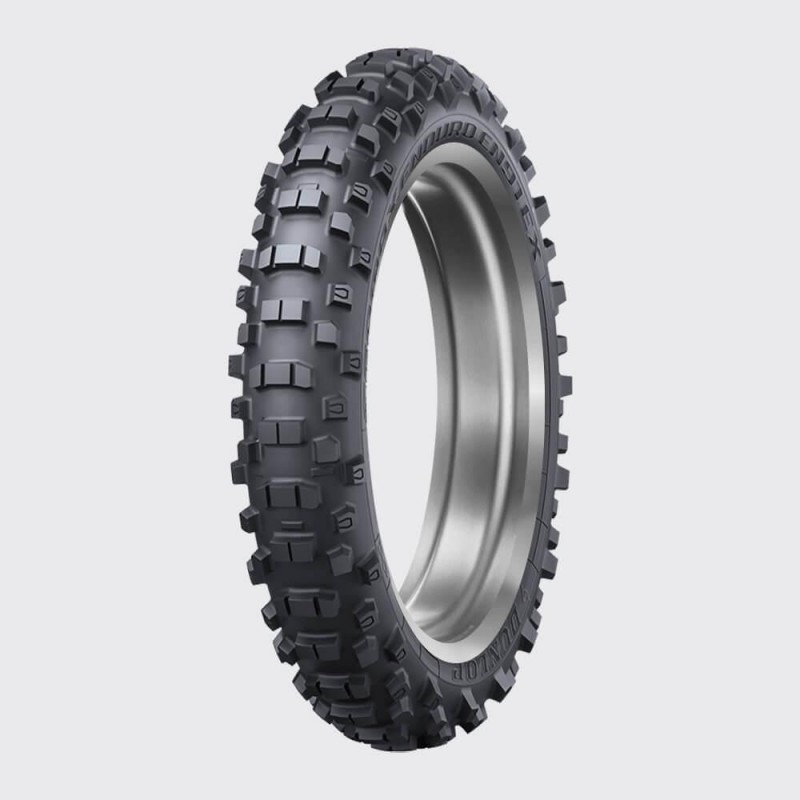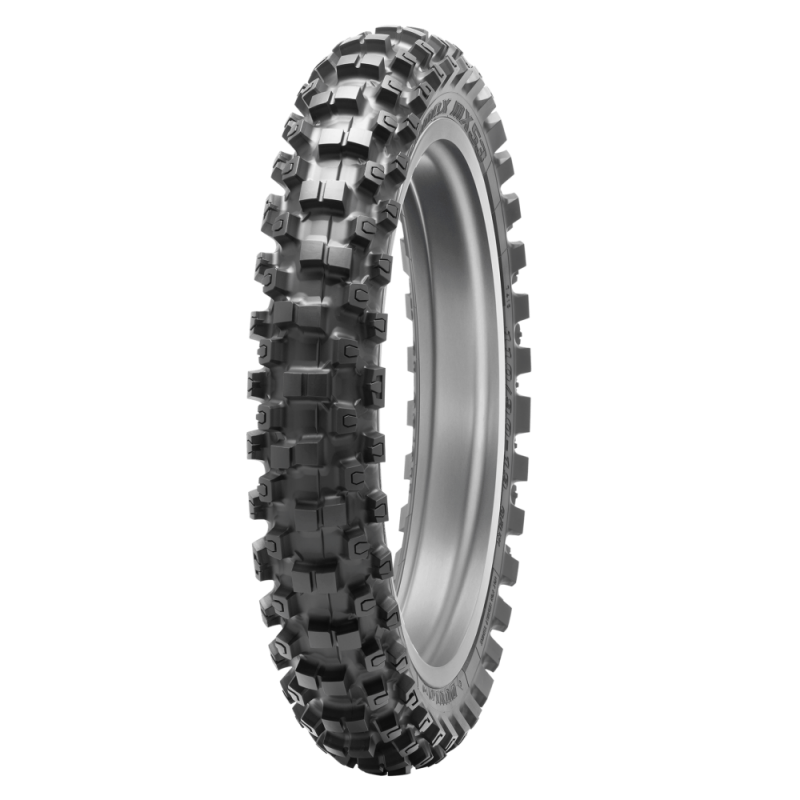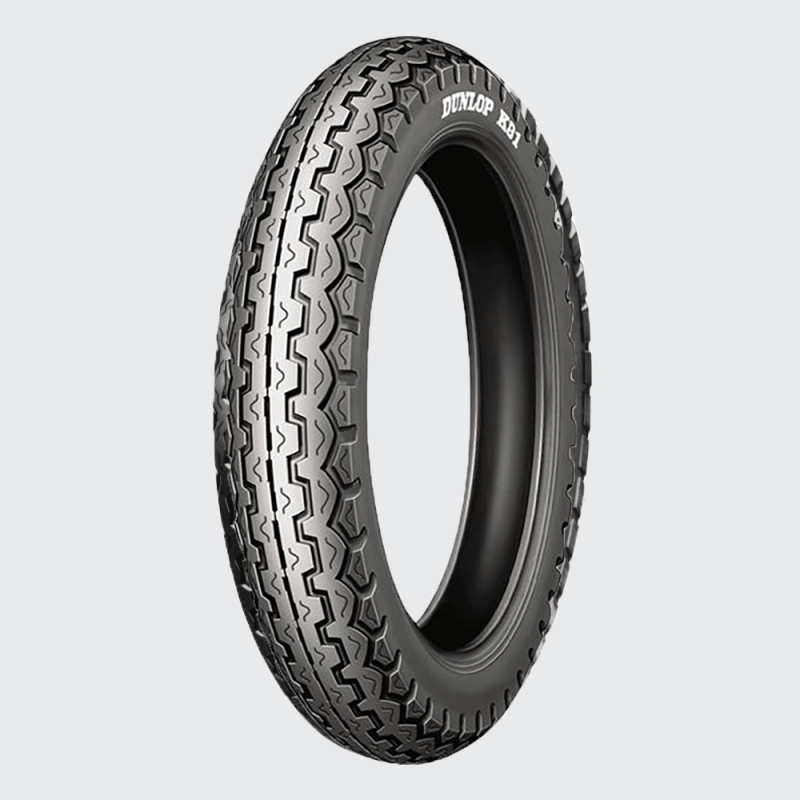Introduction
Motorcycle tires are essential components for safe and enjoyable rides, providing the necessary grip and handling needed for various terrains and conditions. However, knowing when to replace motorcycle tires can be challenging for many riders. Tires undergo constant wear and tear from exposure to the elements, road conditions, and riding styles, which can affect their performance over time. Understanding the indicators of tire degradation, recommended timelines for replacements, and proper maintenance practices will ensure that you maintain optimal safety on the road. In this comprehensive guide, we will explore the signs that indicate it’s time to replace your tires, the effects of wear on performance, expert recommendations, and tips on how to prolong the life of your motorcycle tires while riding safely.

Importance of Tire Maintenance
Maintaining your motorcycle tires is crucial for several reasons. They are the only contact between your bike and the road, affecting handling, braking, and overall safety. Failing to replace worn tires can lead to dangerous situations, including reduced traction, increased stopping distances, and even tire blowouts.
Performance and Safety
- Handling: Worn tires can negatively impact the handling of your motorcycle. Poor grip can make cornering and braking more difficult, leading to accidents.
- Traction: Properly maintained tires provide the necessary traction on different road surfaces – a crucial factor in wet or slippery conditions.
- Stopping Distance: Tires in poor condition can increase your stopping distance significantly, risking your safety in emergency situations.
Cost-Effectiveness
Investing in new tires is a proactive measure that can save you money in the long run. Although it may seem like an expense, replacing tires in a timely manner can prevent further mechanical issues and enhance your motorcycle’s overall performance.
Ride Quality
Quality tires contribute to the overall ride experience. Smooth rides with proper grip improve comfort and enjoyment, whereas bald or unevenly worn tires can lead to bumps, vibrations, and a frustrating riding experience.
Understanding the critical role tires play in your motorcycle’s performance makes it clear why knowing when to replace motorcycle tires is paramount.
Signs That Indicate It’s Time to Replace Your Tires
Recognizing the signs that your motorcycle tires need replacement is vital for maintaining safety. Here are some key indicators to watch for:
Tread Depth
- Legal Requirements: Depending on your location, there may be minimum tread depth laws for motorcycles. Tread depth should generally be at least 1.6 mm (2/32 of an inch).
- Tread Wear Indicators: Most motorcycle tires come equipped with built-in tread wear indicators. These small bars found in the grooves of the tire can assist in determining when it’s time to replace.
- Tread Patterns: Inspect your tires for uneven tread wear. If one side wears faster than another, it may indicate suspension or alignment issues and necessitate replacement or further investigation.

Cracks and Cuts
Inspect your tires regularly for visible signs of damage, such as:
- Sidewall Cracks: Cracks on the sidewalls can weaken the structural integrity of the tire, potentially leading to blowouts.
- Cuts or Punctures: Minor punctures might be repairable if caught early. However, large cuts or multiple punctures could indicate it’s time for a replacement.
- Bulges and Blisters: Bulges on the surface of the tire may signal a separation of components within the tire, indicating serious issues. If you see a bulge or blister, it’s imperative to replace the tire immediately to avoid potential blowouts.
Age of Tires
- Manufacturer’s Date: Most tires will have a manufacturer’s date marked on the sidewall. This four-digit code indicates the week and year the tire was produced. For example, “2319” means the tire was made in the 23rd week of 2019.
- Age Guidelines: Many experts recommend replacing motorcycle tires every 5 to 7 years, regardless of tread depth. Rubber deteriorates over time and can lose performance capabilities.
- Storage Conditions: If tires have been stored improperly, they may deteriorate faster. Keep tires in a cool, dry environment away from direct sunlight and extreme temperatures.
Vibration During Rides
If you notice unusual vibrations or wobbling sensations while riding, it could indicate uneven wear or internal issues with the tires.
- Balance Issues: Check your tire balance if you experience persistent vibrations. Unbalanced tires can lead to rapid wear and impact steering responsiveness.
- Suspension Problems: If tires are not the cause, consider evaluating your motorcycle’s suspension system, as improper alignment can lead to premature tire wear.
Identifying these signs early can help you maintain optimal safety and performance from your motorcycle.
Recommendations on When to Replace Motorcycle Tires
While the indicators mentioned serve as guidelines, it’s essential to consider the following recommendations for replacing motorcycle tires.
Regular Inspections
- Routine Checks: Perform regular visual inspections of your tires. Checking for wear, cracks, and bald spots helps catch issues early.
- Maintenance Schedule: Establish a maintenance schedule to inspect and rotate your tires regularly. This can prolong tire life and enhance performance.
- Professional Inspections: Have a professional mechanic inspect your tires at least once a year or before long trips. They can identify issues that may not be visible to the untrained eye.
Riding Style Considerations
- Aggressive Riding: If you tend to ride aggressively or at high speeds, your tires may wear down faster, necessitating more frequent inspections and replacements.
- Weight Capacity: Be mindful of how much weight you are carrying on your motorcycle. Overloading can lead to increased wear and may require earlier tire replacements.
- Environmental Factors: Consider your local climate and typical riding conditions. Hot, dry climates can degrade rubber faster than cooler environments, affecting how often you need to change tires.
Distance Traveled
- Mileage Guidelines: Many motorcycle tires have mileage ratings provided by manufacturers. Understanding these ratings can help determine when your tires may need replacement based on distance traveled.
- Documentations: Keep track of your mileage and note tire replacements on your maintenance records to help gauge when to change them in the future.
- Frequent Riders: If you frequently log long distances or participate in motorcycle tours, you may need to replace your tires sooner than the average rider.
How to Extend the Life of Your Tires
Maximizing the lifespan of your motorcycle tires can help you reduce costs and increase safety and performance. Here are some tips to consider:
Proper Inflation
- Regular Checks: Frequently check your tire pressure, ideally at least once a month. Tire performance and longevity are heavily affected by proper inflation levels.
- Use Gauge: Utilize a reliable tire pressure gauge to ensure your tires are at the recommended pressure as specified in your owner’s manual.
- Cold vs. Hot Pressure: Measure tire pressure when tires are cold for accurate readings. Riding can heat up tires and cause pressure levels to rise, giving misleading results.
Balanced and Aligned
- Suspension Checks: Ensure your motorcycle’s suspension is functioning correctly. Proper alignment helps maintain even tire wear and performance.
- Balance: Regularly check and maintain tire balance to avoid vibrations and uneven wear, especially if you frequently change tires.
- Wheel Alignment: Seek professional assistance to check wheel alignment if you suspect issues impacting tire wear.
Safe Riding Practices
- Avoid Aggressive Maneuvers: Smooth acceleration and gentle braking can prolong tire life. Abrupt stops or starts can lead to unnecessary wear.
- Manage Cornering Techniques: Practice safe cornering techniques by leaning appropriately with your body and avoiding scraping the tires against curbs or edges.
- Observe Road Conditions: Be aware of road conditions and avoid potholes or debris, which can cause immediate damage to your tires.

Conclusion: Ensuring Safety with Proper Tire Management
When it comes to motorcycles, understanding when to replace motorcycle tires is vital for ensuring safety, performance, and longevity. Regular inspections, recognizing signs of wear, and following maintenance recommendations can help you determine the right time for replacements. The benefits of well-maintained tires go far beyond aesthetics; they can significantly impact your riding experience, control, and safety on the road.
By making wise choices and taking proactive steps to maintain your tires, you can enjoy countless safe rides. Keep in mind that tires form the critical link between you and the road, and ensuring they are in optimal condition is crucial for every motorcycle enthusiast. Whether you are a casual rider or a dedicated enthusiast, prioritize your tires for the best experience on your motorcycle!